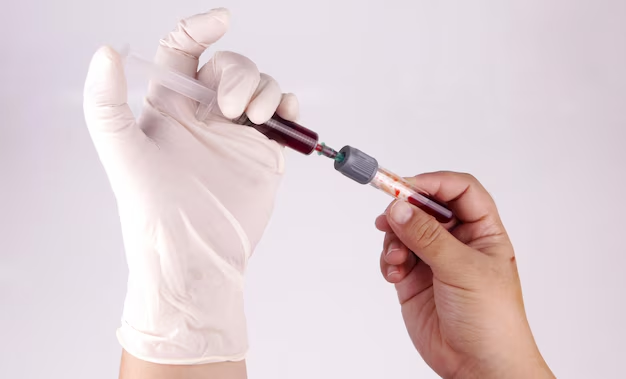Ready for a Diabetes Test? Here's How to Get Started
Navigating the world of healthcare can seem daunting, but getting tested for diabetes is a straightforward step that can lead to healthier living. Diabetes testing is crucial, especially if you experience frequent urination, excessive thirst, unexplained weight loss, or have a family history of diabetes. So, how can you get a diabetes test? Here's a concise guide to help you through the process.
Visit Your Doctor
The most direct way to get a diabetes test is to schedule an appointment with your healthcare provider. During your visit, your doctor will likely discuss your symptoms, family history, and risk factors. They may recommend one or more of the following tests:
- Fasting Plasma Glucose Test (FPG): This test measures your blood sugar after an overnight fast.
- Oral Glucose Tolerance Test (OGTT): Assessed after fasting, this involves drinking a sugary solution and measuring blood sugar levels at intervals.
- Hemoglobin A1c Test: Provides information about your average blood sugar levels over the past two to three months.
- Random Plasma Glucose Test: Blood sugar is tested at a random time, regardless of when you last ate.
Use a Home Testing Kit
If you prefer the privacy of your home, home glucose test kits are available at most pharmacies. These kits allow you to test your blood sugar levels comfortably on your own schedule. It's crucial, however, to follow up any abnormal results with your healthcare provider for accurate diagnosis and advice.
Explore Local Clinics and Health Fairs
Community clinics and health fairs often provide free or low-cost diabetes screenings. These can be excellent opportunities for quick assessments. Check with local health departments or community centers for upcoming events in your area.
Check Government Programs
If financial limitations are a concern, various government aid programs might cover the costs of diabetes testing:
- Medicaid and Medicare: They cover diabetes screening tests if you meet certain criteria.
- State Health Departments: Many states offer programs that provide free or subsidized testing.
By accessing these resources, you can ensure that your health remains a priority without becoming a financial burden.
Financial Assistance and Support
Facing potential medical expenses can be worrisome, but there are ways to manage these concerns effectively:
Explore Insurance Coverage
Verify with your health insurance provider what diabetes testing and management options are covered under your plan. This step can save you both time and money while ensuring you receive the proper care.
Consider Debt Relief Options
For those already dealing with medical debt, debt relief services might offer viable solutions. Such services can help consolidate or reduce your debt, making it more manageable to focus on your health.
Educational Grants for Healthcare
Pursuing additional education can be an invaluable tool in managing diabetes, whether through nutrition courses, healthcare workshops, or diabetes management programs. Educational grants or scholarships can alleviate financial pressures associated with continuing education, leaving you better equipped to handle health challenges.
Making Informed Choices
Understanding your options for obtaining a diabetes test is only the beginning. By exploring financial assistance programs and educational opportunities, you empower yourself to manage diabetes with confidence and support.
Quick Resources for Financial Support and Education
- 🩺 Medicaid/Medicare: Screenings and doctor visits
- 🏥 Community Clinics: Free or low-cost testing options
- 📚 Educational Grants: Support for healthcare education
- 📈 Debt Relief Services: Manage and reduce medical debt
- 💳 Insurance Check: Verify coverage for screenings
